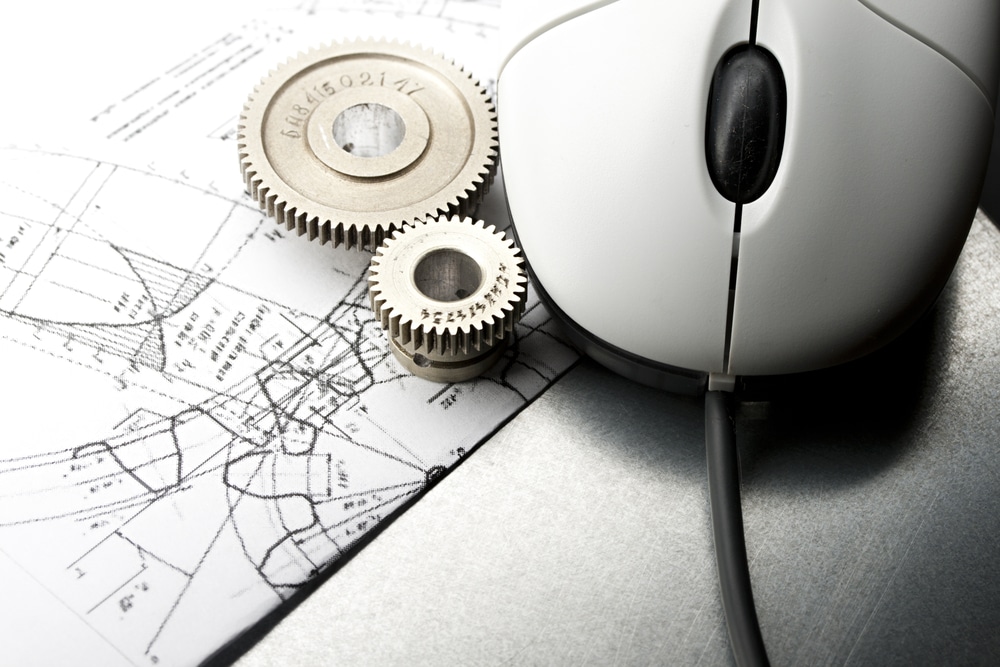Time and Cost reduction using Rapid Prototyping (RP)
 With the advancement in technology, we have come across multiple strategies to enhance new product development. Rapid prototyping has been one such method that has evolved to provide considerable reduction in time and costs. Rapid prototyping is defined as the process to transform a product or component, taken from a CAD modeling software and changed into a physical part for the purpose of implementation. It is also capable of producing the part to any complex geometry shape in a short time compared to manufacturing approach.
With the advancement in technology, we have come across multiple strategies to enhance new product development. Rapid prototyping has been one such method that has evolved to provide considerable reduction in time and costs. Rapid prototyping is defined as the process to transform a product or component, taken from a CAD modeling software and changed into a physical part for the purpose of implementation. It is also capable of producing the part to any complex geometry shape in a short time compared to manufacturing approach.
Why should we do Rapid Prototyping?
- To assemble the entire parts and its sub-assemblies
- To feel the aesthetic and working of the product at earlier stage
- To gauge a replica of actual part
- To detect design issues before manufacturing
- To reduce development cost
- To provide high quality in reduced timeframe
- To avoid critical technical hazards
- To increase the efficiency of the newly manufactured devices
- Rapid prototyping enables manufacturer or mechanic to do the fast configuration.
- Designers/manufacturers must have sufficient time for doing good calculation to cut expenses in manufacturing the electronic components.
- Product manufacturing cost is reduced
- Rapid prototyping or RP model enhances the perfection in device configuration
- It is easy to keep the natural aesthete of the device by crafting a replica or rapid prototyping model.
Rapid Prototyping Reduces the Manufacturing Cost
Rapid prototyping system manages the manufacturing cost. If you have a complete preset design of a specific model, you must be able to do the quick estimation to avoid unnecessary expenses. You can also place this computerized prototype model to a group of product quality analyzers to do the proper analysis without lowering down the overall quality.
What is Rapid Prototype technology?
There are mainly three different types of Rapid Prototype system based on the material form:
- Liquid based RP system: The material will be in liquid state, by a curing process the material gets converted to a solid state. E.g. the system includes stereo lithography (SLA).
- Solid based RP systems: The material will be in solid state, in this the success layers of material are laid with the control of computer and can generate any complex geometry shapes. E.g. the system includes Fused Deposition Modeling (FDM).
- Powder based RP system: The initial form of the material is in the powder form and creates a geometry adding material in successive layers. E.g. the system includes Selective Laser Sintering (SLS).
What are the Materials Used in 3D Printers?
There are many different materials can be used in 3D printer to name few are ABS Plastic, Polyamide (Nylon), PLA, Poly carbonate and so on.
What is the Application of rapid prototyping?
From the concept design to functional prototype, the prototype can be used in various industries like Aerospace, Automotive, Consumer, Industrial and medical. The design can be transformed to manufacturing process for casting, patterns and mold parts to produce plastic or metal parts with precision options.
Reduce Unnecessary Technical Features of the Device
Engineers have good scope to remodel or design the new device step by step. They do different practical demos to see actual effectiveness of a device. So, ultimately, the overall result is favorable to a mechanic or designer. He removes unnecessary tech features to make the device much more workable with growing efficiency.
In a nutshell, the intent and purpose of the product can be communicated effectively to user using Rapid Prototyping. It also demonstrates the product with fit and functionality without going for expensive tool making. Additionally it eliminates or reduces any unnecessary features at the early stage, hence positively influencing time and cost parameters.










